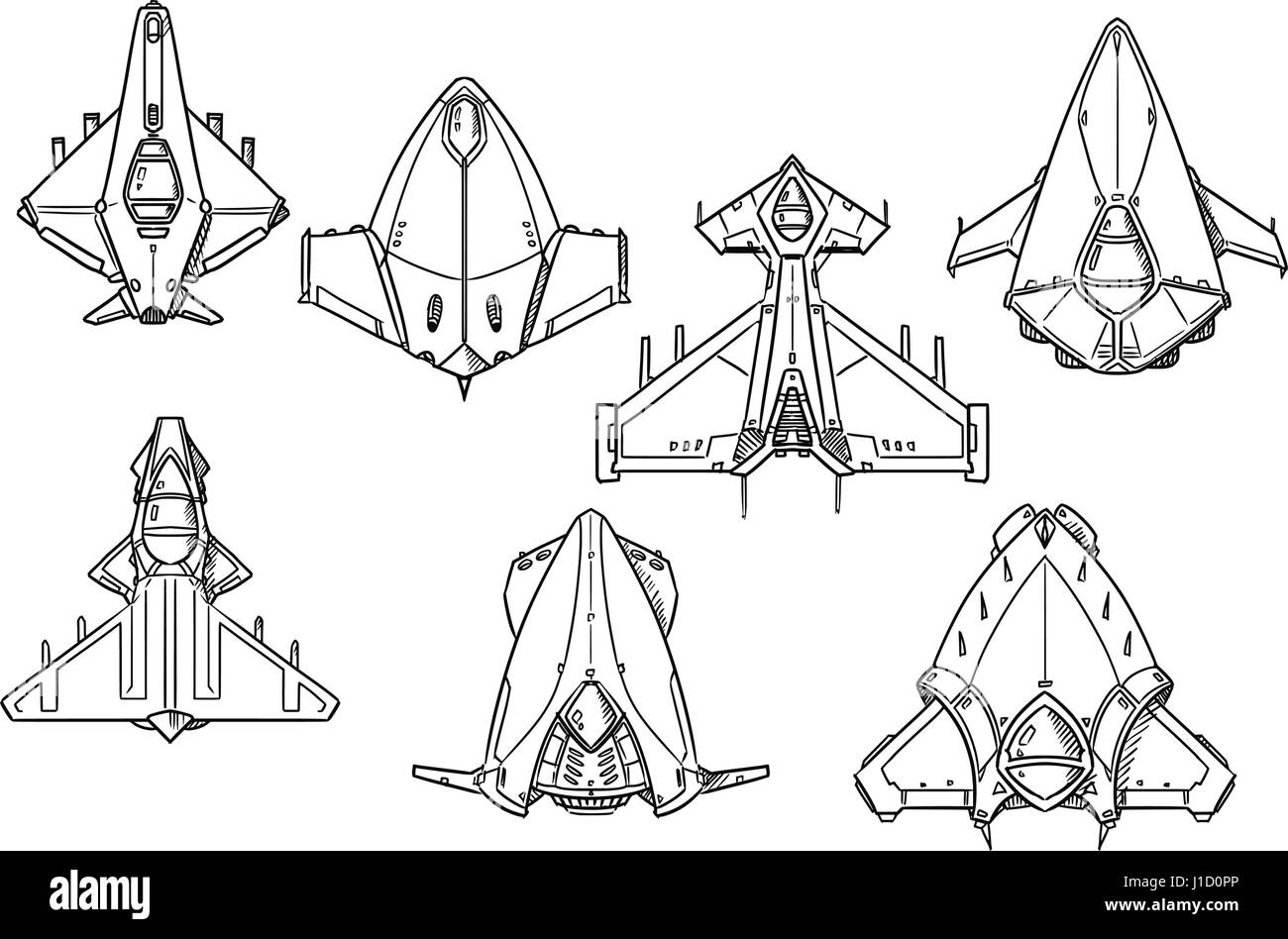

it needs to survive for the entire length of the voyage, which probably means it needs to be self-sustaining.

it needs to minimise the extent of the damage if something goes wrong, e.g.if humans are on board it needs to have pressurised compartments for them to live in, and enough space that they will be comfortable for the duration of the voyage.it needs to protect the crew from any radiation produced by the ship’s engines, or its power source (a big issue if you use something scary like nuclear power or antimatter annihilation!).it needs to protect equipment and crew from space radiation (from stars or cosmic rays).it needs to be able to withstand impacts with interplanetary/interstellar debris, which although consisting only of rarified gas and small particles, may (depending on the mission) may be approaching at extremely high, even relativistic speeds.its rotation needs to be long-term stable in flight.it needs to be able to manouvre correctly and, for example, not start spinning uncontrollably when the engine does a burn.it needs to dissipate the heat generated by the crew, onboard machinery and direct sunlight into the highly insulating vacuum of space.it needs to bear the stresses of acceleration without breaking.There are a few design considerations that constrain what shape your spaceship should have… So most of what I know comes off Atomic Rockets, which has far too much love of old whitedude science fiction novels, but also a lot of useful information, and more recently, lots of conversations with arborine, who has thought/knows a great deal about space habitats and is generally wonderful. asteroids or attackers' weapons (maybe some sort of forcefield, or a perfect interceptor weapon system), are there any compelling reasons for starships to be any particular shape? (let's also assume the starship can travel at relativistic speeds)Īha! Excellent question! I love talking about spaceships. Assuming a starship never has to travel through an atmosphere, and never has to worry about collisions with eg.


 0 kommentar(er)
0 kommentar(er)
